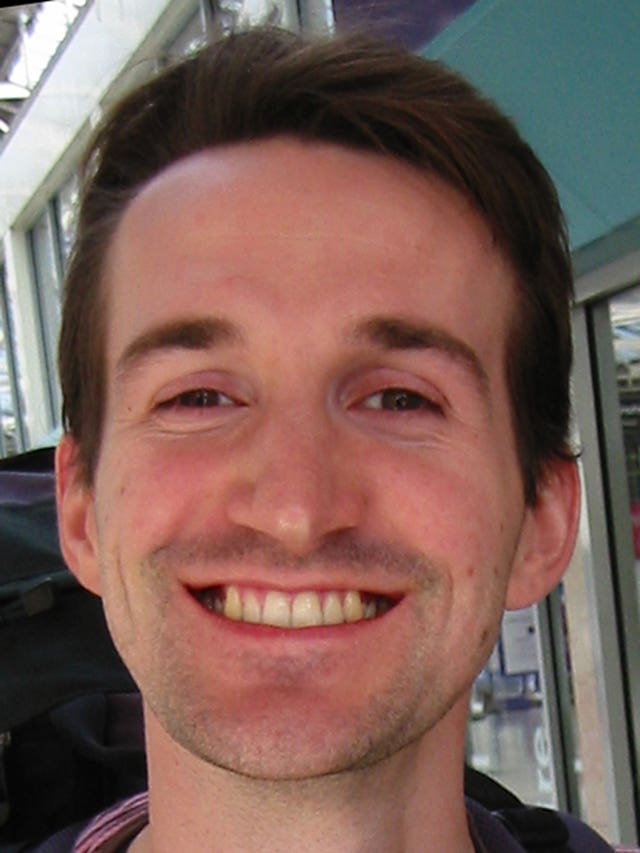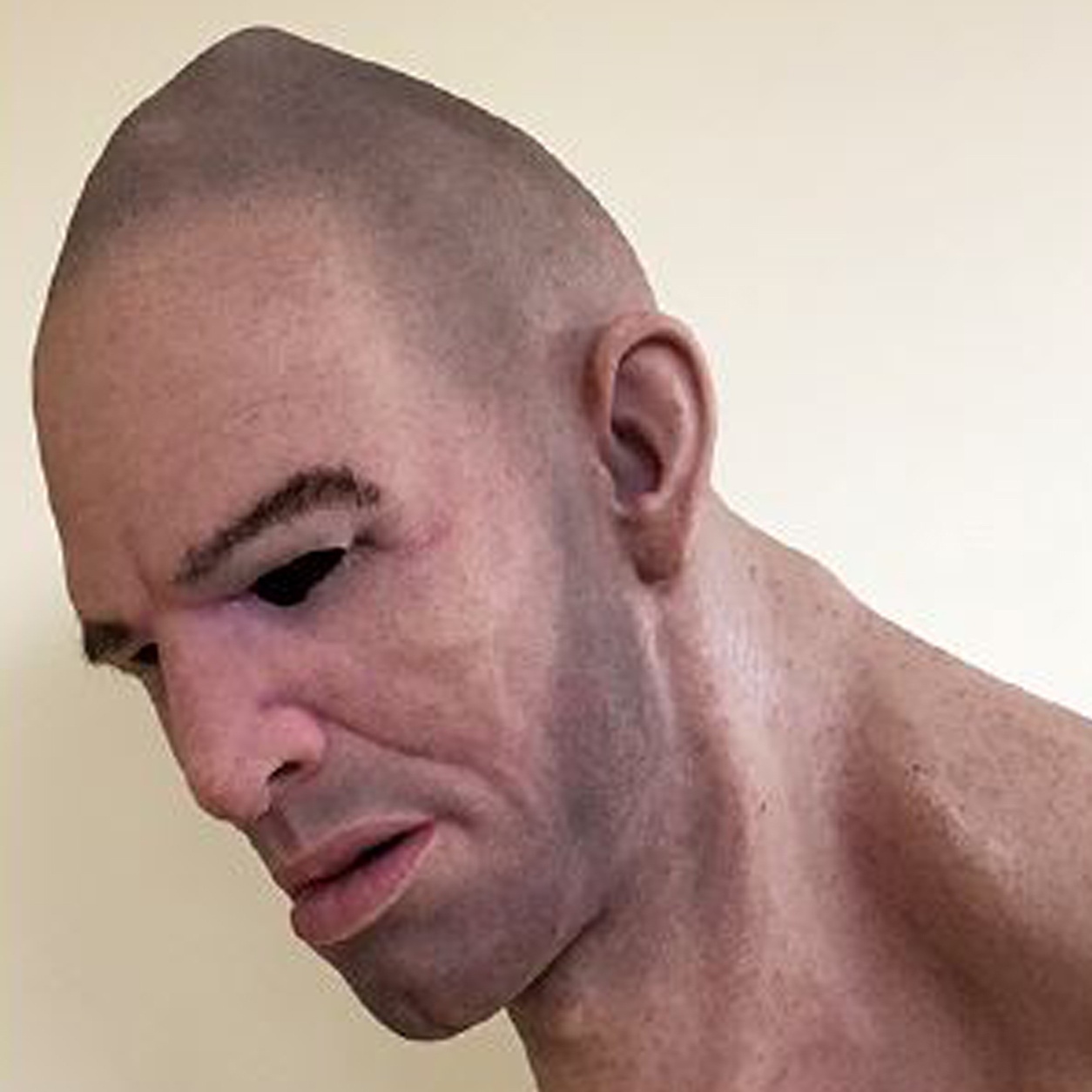Silicone masks developed by Hollywood can pass as real faces, researchers find
A study by psychologists at York University found people were very bad at spotting someone wearing a hyper-realistic mask.

Sophisticated masks first used in Hollywood films and which now cost as little as £500 are convincing enough to pass as real faces, researchers have found.
The silicone masks have been used in bank robberies and by people taking international flights in disguise, with suspects switching gender, ethnicity and looking decades younger or older within just a few seconds.
The technology was developed by the film industry so Hollywood stars did not have to sit for hours having make-up done, with the masks placed over their head in seconds.

Research by York University found people were very bad at spotting people wearing one of the “hyper-realistic” masks in photographs and in real life.
Dr Rob Jenkins, from the Department of Psychology, said: “We wanted to see if people would distinguish these masks from real faces, so we asked people to describe the faces they saw in photographs or in live viewing.
“Only one in 100 viewers mentioned a mask.
“When we asked if there was anything unusual about the faces, that number rose to one in 50.
“Even when we told them it could be a mask, most people still thought it was a real face.”

He added there had been an instance of someone in a mask boarding a flight and they were only detected when they came back to their seat, having taken it off in the toilet, looking like a different person.
Now masks are getting cheaper and better, he said, and are available online without need for a fitting.
They completely cover the head, neck and upper chest, so there is no visible join around the collar.
Dr Jenkins has worn masks at work to gauge people’s reactions, saying: “It gives you a strange feeling of anonymity.

“I went into the staff room and I was expecting people to say ‘Rob, what are you doing? Take the mask off’.
“But no-one had that reaction at all, people were a bit confused as to why this old man was in the staff room.”
But there are ways for humans, and possibly machines, to detect when someone is disguised.
Dr Jenkins said thermal detectors could be used to gauge the temperature of someone’s face, with flesh being different from silicone.
And suspicions could be raised by how someone speaks as the masks can make it difficult to form certain words.
He said: “We are wondering if, strangely, it might be audio which allows us to solve this difficult visual test.”
The research is published in the journal Cognitive Research: Principles and Implications.





